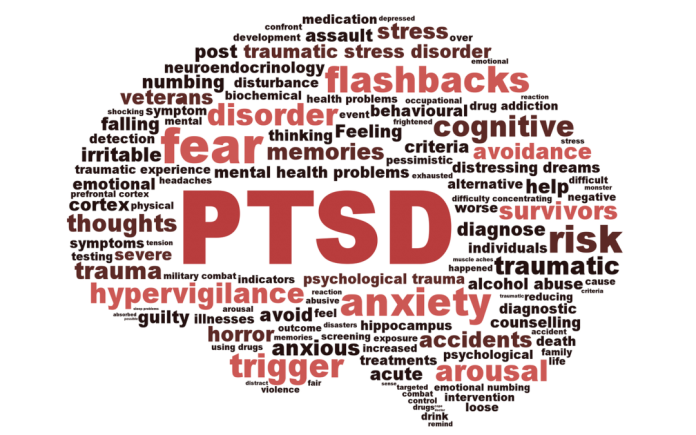Introduction
Post-Traumatic Stress Disorder (PTSD) is a complex mental health condition that can develop in individuals who have experienced or witnessed traumatic events. First officially recognized in the Diagnostic and Statistical Manual of Mental Disorders (DSM) in 1980, PTSD sheds light on the enduring impact of trauma on the human psyche. In this article, we delve into the intricacies of PTSD, exploring its causes, symptoms, and the importance of seeking support.
Understanding PTSD
- Causes and Triggers:
PTSD can result from exposure to a wide range of traumatic events, such as war, natural disasters, accidents, or interpersonal violence. The severity of the trauma and an individual’s proximity to the event can influence the likelihood of developing PTSD. Notably, the disorder is not exclusive to combat veterans but can affect anyone who has experienced overwhelming stress. - Neurobiological Responses:
Trauma can profoundly affect the brain, altering the way it processes and stores memories. The hyperactivation of the body’s stress response system during a traumatic event can lead to the formation of vivid and intrusive memories, causing individuals with PTSD to experience recurrent flashbacks and nightmares.
Symptoms of PTSD
- Re-Experiencing Symptoms:
Individuals with PTSD often relive the traumatic event through intrusive memories, nightmares, or flashbacks. These experiences can be so vivid that they feel as if the trauma is occurring in the present moment. - Avoidance and Numbing:
To cope with the overwhelming emotions associated with the trauma, individuals with PTSD may avoid reminders of the event, leading to social withdrawal and emotional numbness. They may also develop amnesia regarding certain aspects of the traumatic experience. - Hyperarousal:
PTSD can heighten the body’s arousal levels, leading to increased irritability, difficulty concentrating, exaggerated startle responses, and a constant sense of being on edge. Sleep disturbances, such as insomnia, are also common. - Negative Changes in Mood and Cognition:
Individuals with PTSD may experience persistent negative thoughts about themselves, others, or the world. They may struggle with feelings of guilt, shame, or detachment from loved ones.
The Impact of PTSD on Daily Life
- Interpersonal Challenges:
PTSD can strain relationships as individuals may find it challenging to connect emotionally with others. The avoidance of social situations and emotional numbness can create barriers to intimacy. - Occupational Implications:
The symptoms of PTSD can interfere with daily functioning, impacting work performance and impairing the ability to maintain stable employment. Concentration difficulties and heightened anxiety may contribute to occupational challenges.
Treatment and Support
- Psychotherapy:
Cognitive-behavioral therapy (CBT) and exposure therapy are common psychotherapeutic approaches for treating PTSD. These therapies aim to modify negative thought patterns and help individuals confront and process their traumatic memories. - Medication:
Antidepressant and anti-anxiety medications may be prescribed to alleviate symptoms of PTSD. These medications can help regulate mood, reduce anxiety, and improve sleep. - Support Groups:
Connecting with others who have experienced similar traumas can provide a sense of validation and understanding. Support groups offer a platform for individuals to share their experiences and coping strategies.
Conclusion
PTSD is a challenging and often debilitating condition, but with the right support and treatment, individuals can reclaim their lives. It is crucial to recognize the symptoms of PTSD, understand its impact, and encourage those affected to seek professional help. By fostering awareness, empathy, and a supportive community, we can contribute to breaking the stigma surrounding PTSD and promote healing for those who have endured the shadows of trauma.
